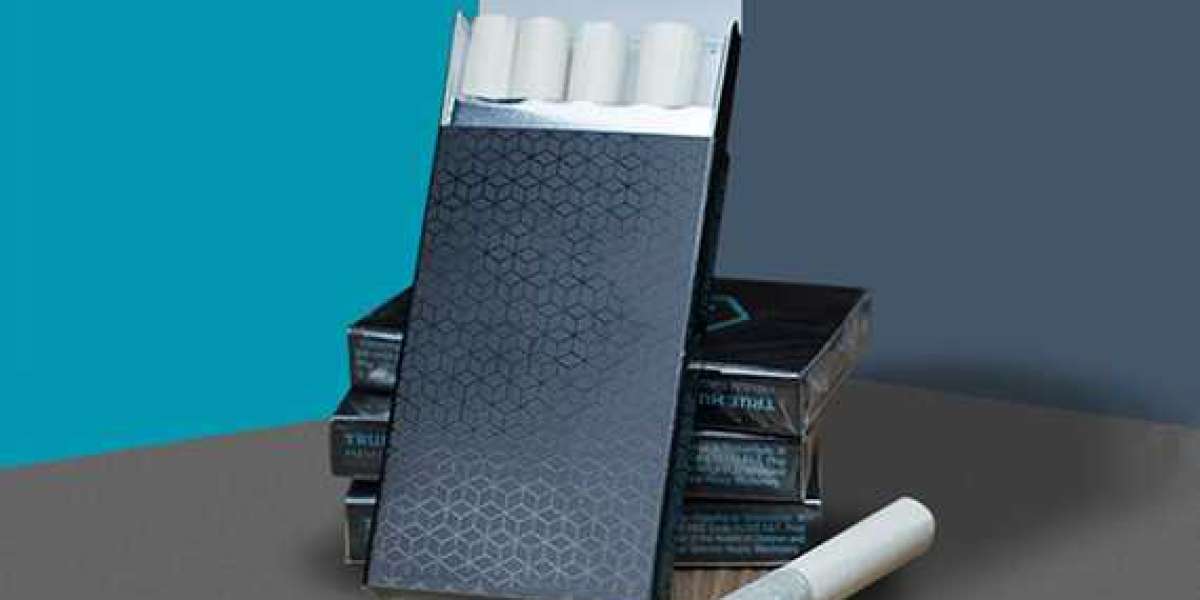Humidity control plays a big role in keeping cigarettes fresh. Without the right moisture levels, the quality and taste of tobacco can suffer. Many companies work hard to design packaging that protects their products from changes in air moisture. Let’s explore how this happens, why it matters, and the technology behind it.
Why Humidity Matters for Tobacco Freshness
Tobacco is a natural product that absorbs moisture from the air. If there’s too much humidity, the tobacco becomes damp. This makes it harder to burn and can change its taste. On the other hand, dry air takes moisture out of tobacco. Dry tobacco burns too fast, becomes harsh, and loses its aroma.
Moisture affects how smooth a cigarette feels when smoked. Smokers expect a certain taste and smell. Changes in humidity can ruin this experience. Brands invest time and money to keep their products consistent.
Controlling moisture is also about safety. Damp tobacco might lead to mold or bacteria. Mold can make cigarettes smell bad or become unsafe to smoke. Keeping the right humidity level helps prevent this risk.
In many places, the climate changes a lot from season to season. This makes humidity control even more important. A pack stored in a dry winter may be fine, but it could become damp in a wet summer. Companies design cigarette packaging to protect tobacco in all these conditions.
Materials Used for Moisture Protection
Packaging materials are the first shield against moisture changes. These materials must be strong yet lightweight. They should block air and water from getting inside the pack.
Manufacturers choose layers of different materials. Paper is often the outer layer because it prints well and feels nice. However, paper alone is not enough. Inside the pack, companies use special films or foils. These block water vapor and keep the tobacco safe.
Aluminum foil is one popular choice. It stops air and water from passing through. Plastic films like polypropylene or polyethylene are also used. They are flexible and form tight seals. Sometimes, these films have extra coatings that make them even better at blocking moisture.
Another choice is laminated materials. These combine layers of plastic, foil, and paper. Each layer has a job. Some layers keep moisture out. Others give the pack strength. The result is a strong barrier against humidity.
These materials must also be safe for food contact. They can’t change the taste or smell of the tobacco. Strict rules exist to make sure packaging materials don’t release harmful substances.
Role of Packaging Seals in Humidity Control
Even the best packaging materials can fail if the pack is not sealed properly. Sealing keeps air and water vapor from sneaking into the pack. Manufacturers pay close attention to how seals are made.
Seals are usually created with heat and pressure. The heat melts the plastic layer a little. When it cools, it sticks to the other layer firmly. This makes a tight seal that blocks moisture.
But sealing isn’t just about sticking two pieces together. The edges of the pack must also stay strong. If the seal cracks or splits, moisture gets in fast. So, companies test seals many times. They twist, bend, and press packs to check if seals stay closed.
Different parts of a cigarette pack need different types of seals. The inner liner, often made of foil, is sealed tightly around the tobacco. This inner seal is the most important barrier. The outer pack provides extra protection, but it can’t fully protect the tobacco on its own.
Sometimes, packs have resealable seals. This is useful if a smoker doesn’t finish the whole pack at once. A resealable pack helps keep the remaining cigarettes fresh. However, these seals must work well each time they’re opened and closed.
Testing Methods for Humidity Resistance
Quality control is vital in packaging design. Manufacturers run many tests to check how well packs resist humidity. These tests help ensure cigarettes stay fresh until they reach the smoker.
One common test is humidity chamber testing. Packs go into a chamber where temperature and moisture levels change. The test simulates different climates, from dry heat to tropical humidity. Afterward, technicians inspect the packs for leaks, swelling, or damage.
Another test measures water vapor transmission. This shows how much moisture passes through the packaging material. Lower transmission rates mean better protection for the tobacco.
Drop tests are also important. Packs are dropped from different heights. If they break or crack, moisture might get in later. These tests check how durable the pack is during shipping and handling.
Some labs test how well seals hold up under stress. Machines twist, bend, and press the sealed packs. If a seal opens, it fails the test. These stress tests show if a pack can handle normal use without letting in moisture.
Sustainable Materials in Humidity Protection
Environmental concerns are growing in every industry. Cigarette companies also face pressure to reduce waste. Sustainable materials are now a big focus in packaging design. Yet, these materials must still protect tobacco from humidity.
Traditional materials like foil and plastic are effective. However, they’re not always eco-friendly. Foil production uses a lot of energy. Plastic waste causes pollution. Many brands now look for greener alternatives.
Some companies use biodegradable films made from plant materials. These films block moisture almost as well as plastic. Others try recycled paper with special coatings. This paper can resist water and keep packs strong.
Research into bio-based polymers is expanding. These materials come from plants, not oil. They’re compostable and safer for the planet. However, they must still be strong, flexible, and moisture-resistant.
Sustainable options sometimes cost more. They also might not work as well in extreme humidity. So, companies run many tests to find the right balance.
Impact of Regional Climate on Packaging Design
Different parts of the world have different climates. This affects how cigarette packs are designed. A pack made for Europe might not work well in tropical Asia.
Humidity levels change from place to place. Coastal regions often have damp air. Desert areas stay very dry. Packaging must work in all these conditions. If a pack can’t handle humidity changes, the tobacco inside might spoil.
Companies study the climate in each market. They gather data on temperature, rainfall, and humidity levels. Engineers then design packs that fit those conditions.
In tropical countries, packs must block high moisture. Materials need strong barriers against water vapor. Seals must stay tight even if the pack gets warm.
In dry regions, packs must stop moisture from escaping. Otherwise, tobacco dries out. Dry tobacco burns too fast and tastes harsh.
Consumer Expectations and Product Experience
Today’s smokers want quality and consistency. They expect each cigarette to taste the same every time. Packaging plays a big role in meeting these expectations.
Humidity control protects the tobacco’s taste and aroma. Smokers notice small changes in flavor. If tobacco dries out or becomes damp, the product experience suffers. Even loyal customers might switch brands if quality drops.
Packaging also affects how fresh the cigarette feels. A fresh product burns evenly and feels smooth. This is part of why smokers stay loyal to certain brands.
Customers care about how a pack looks and feels. Nice packaging adds to the smoking ritual. Yet, looks aren’t enough. The pack must keep the product fresh, even after opening.
Good packaging:
- Keeps tobacco moist but not wet.
- Blocks bad smells from outside.
- Protects the tobacco’s taste.
Some smokers don’t finish a pack quickly. They expect cigarettes to stay fresh for days. Resealable packs help with this. These packs keep air and moisture out after each use.
Future Innovations in Humidity Management
Technology keeps moving forward. In the future, new ideas may help control humidity even better in cigarette packs. Companies explore smart solutions to improve product protection.
One area of research is smart packaging. These packs could have tiny sensors. Sensors might show if moisture levels inside the pack change. If humidity rises too much, the sensor could change color. Smokers would know if the tobacco is still fresh.
Another idea is active moisture control. Some packs might include small devices that absorb extra water vapor. These devices help keep the air inside the pack at the perfect level.
Nanotechnology might help too. Scientists work on nano-coatings that block moisture better than old materials. These coatings are very thin and light. Yet, they provide strong protection.
Recyclable and biodegradable materials are getting better. New bio-based films can protect tobacco and still break down safely in nature. This helps brands meet environmental goals without losing product quality.
Conclusion
Humidity control is vital in keeping tobacco fresh and safe. It affects taste, smell, and how smooth each cigarette feels. Many factors shape how packs are designed, from the choice of materials to strong seals and testing in different climates. Even as companies look for greener solutions, they cannot ignore how moisture affects the product.
Future innovations promise even better ways to protect tobacco and meet customer expectations. Smart packs and new materials could change the industry. Yet, the goal stays the same—to keep each cigarette tasting the way smokers expect. By focusing on quality and technology, brands can ensure their products stay fresh and reliable in every part of the world.



